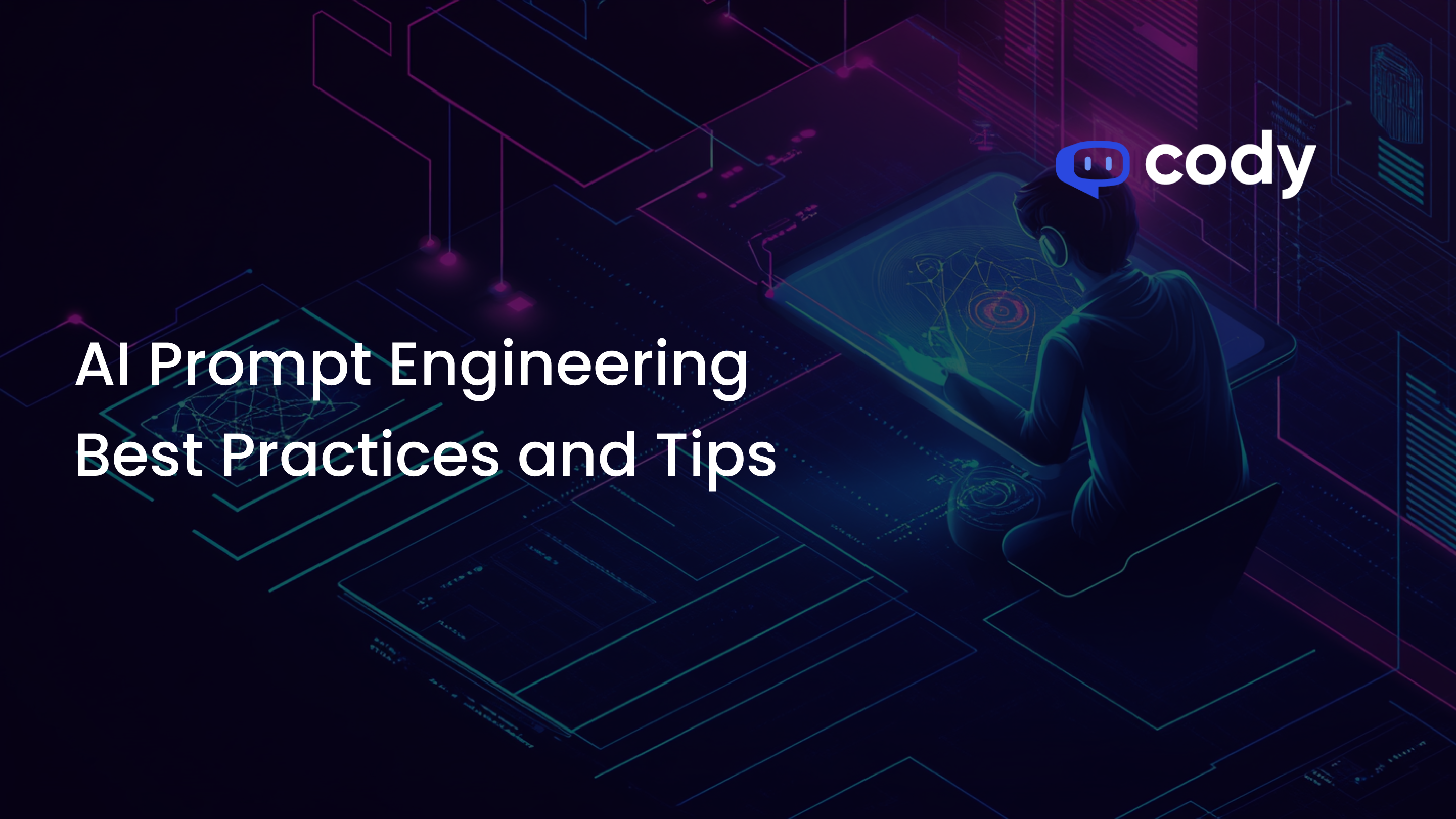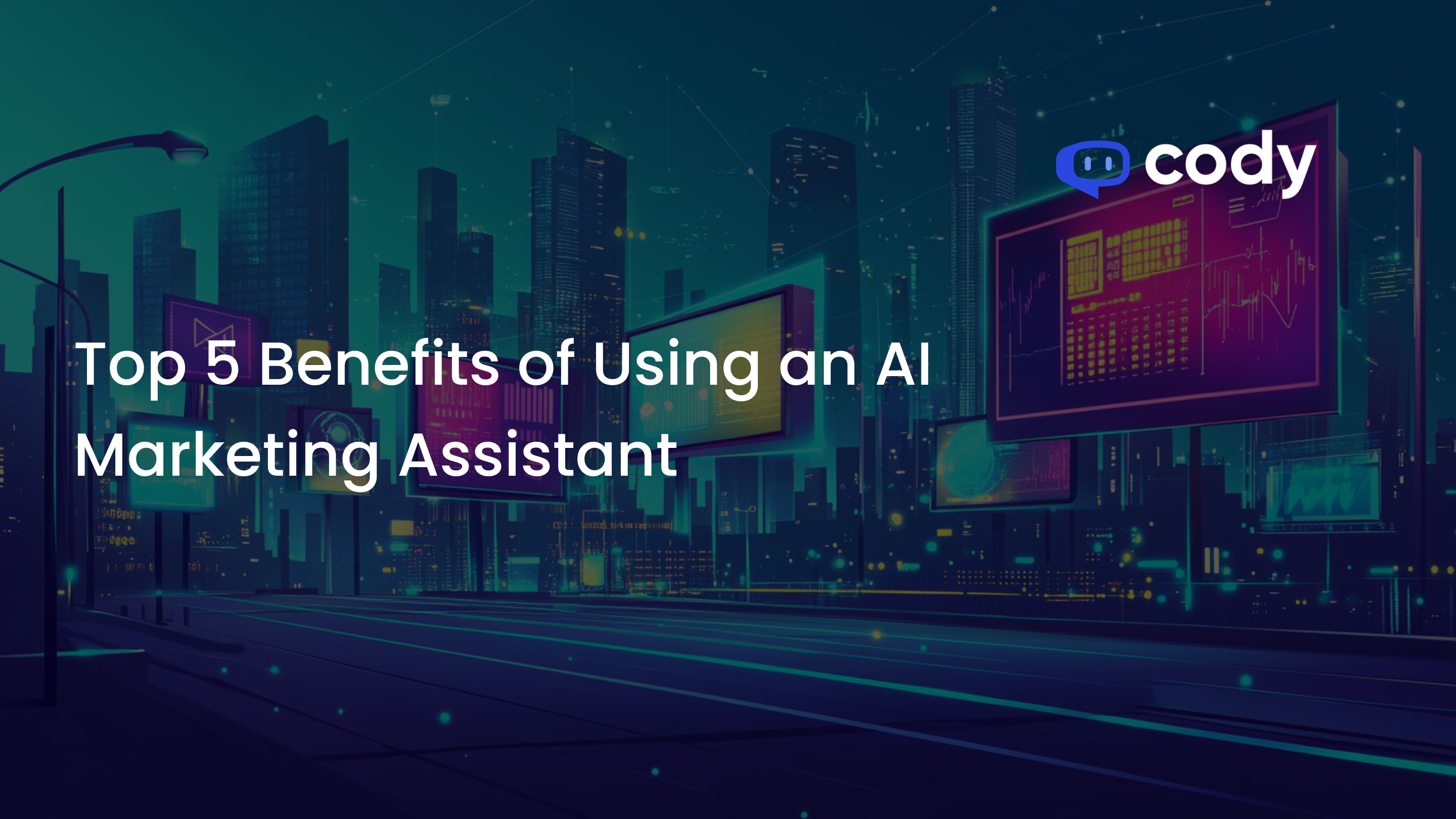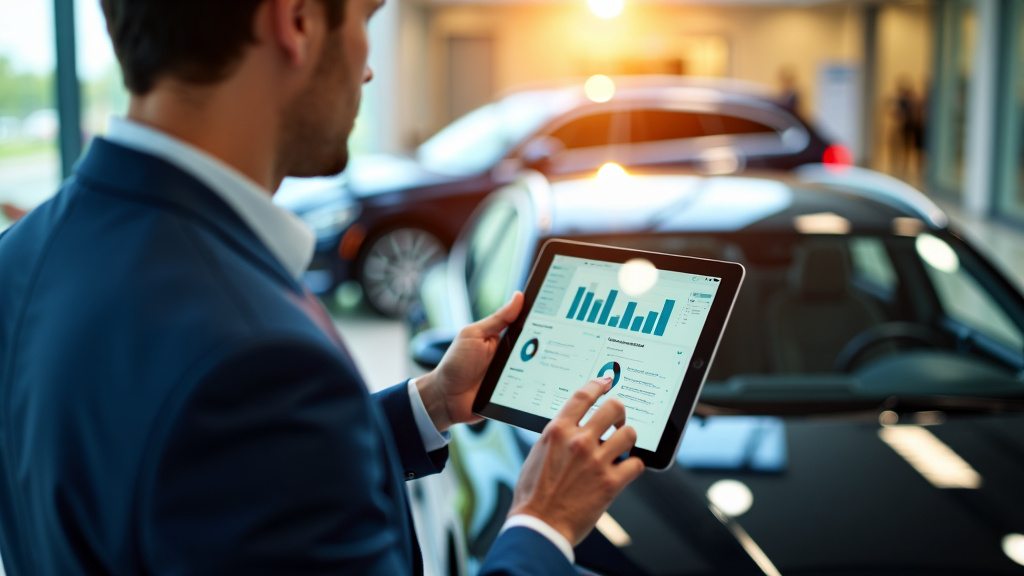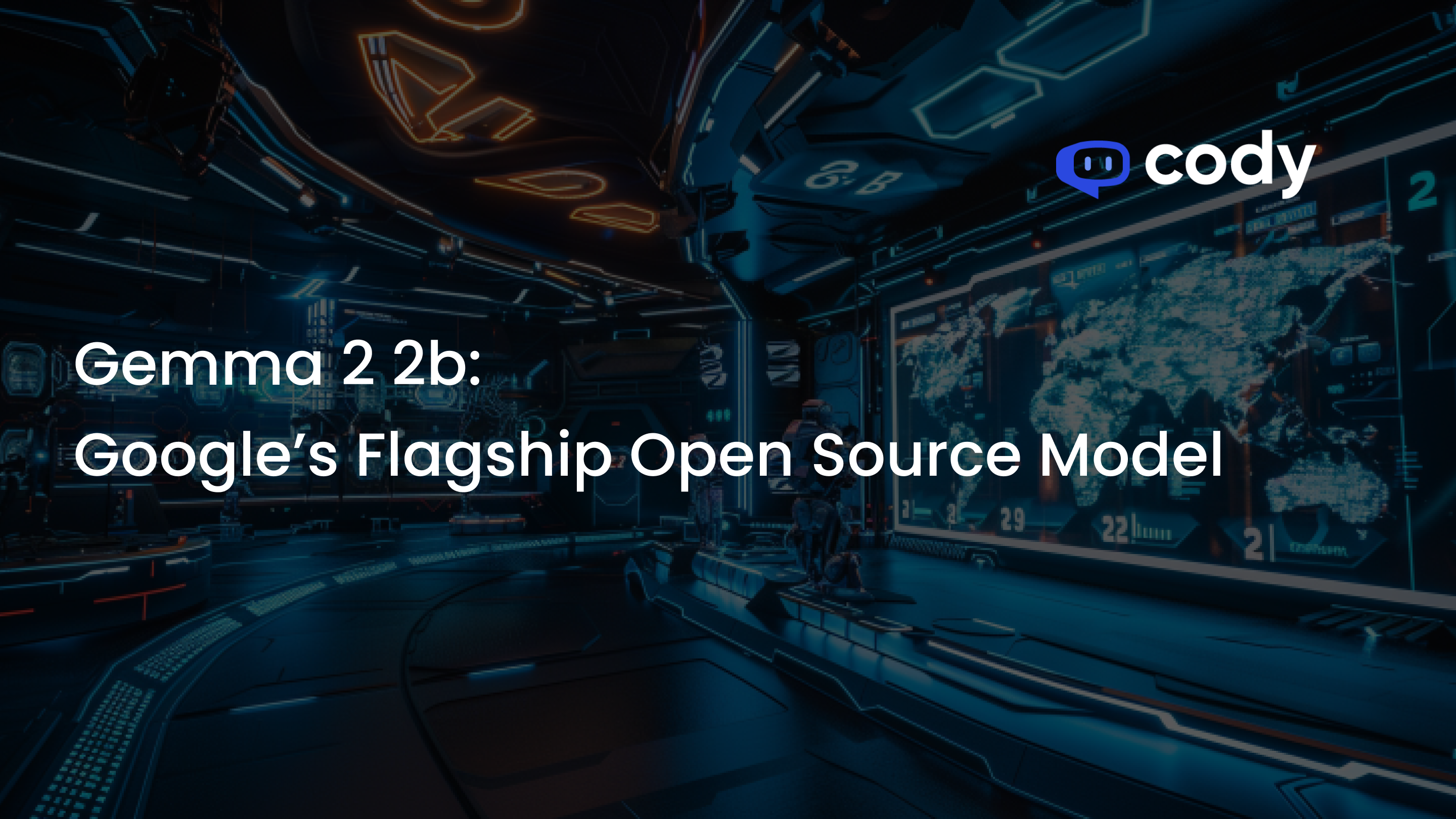
Large Language Models (LLMs) represent a groundbreaking advancement in artificial intelligence, designed to process and generate human language with remarkable proficiency. These models, such as those powering AI chatbots and virtual assistants, are trained on extensive datasets that enable them to understand and create text with contextual accuracy. The significance of LLMs in AI lies in their ability to enhance various applications, from content creation to automated customer service and language translation. As industries increasingly adopt AI-driven solutions, the demand for expertise in LLMs continues to rise. To meet this demand, we’ve compiled a list of free LLM resources to help you master LLM concepts and applications, tailored for both beginners and advanced learners.
YouTube Tutorial: Intro to Large Language Models by Andrej Karpathy
The YouTube tutorial “Intro to Large Language Models” by Andrej Karpathy is an excellent starting point for those new to the field of LLMs. This beginner-friendly resource is accessible to anyone interested in understanding the fundamentals of LLMs. Over the course of one hour, Karpathy covers a range of essential topics, including the basics of LLMs, scaling laws, fine-tuning processes, multimodality, and customization techniques. The tutorial is structured to demystify complex concepts, making them easier to grasp for novices. Accessible online, it allows learners to progress at their own pace, making it a flexible and convenient resource for anyone keen to delve into the world of LLMs.
Microsoft’s GenAI for Beginners Course
The “GenAI for Beginners” course by Microsoft offers an expansive introduction to the field of Large Language Models (LLMs) through 18 comprehensive lessons. Designed to be modular, this course allows learners the flexibility to skip sections and tailor their learning to specific interests. Key topics covered include the fundamentals of generative AI, intricacies of LLMs, and the art of prompt engineering. Additionally, the course delves into practical skills such as building LLM-powered applications using low-code tools and ensuring the security of these applications. This practical approach makes it ideal for learners aiming to apply their knowledge in real-world scenarios, fostering both understanding and application of LLM concepts.
Advanced Learning with Hugging Face NLP Course
The Hugging Face NLP Course is an excellent resource for those looking to deepen their understanding of Large Language Models (LLMs) and natural language processing. A significant focus of the course is on the transformer architecture, which is fundamental to modern NLP advancements. Students will explore the practical applications of transformers, gaining insight into how these models are structured and implemented. The course also emphasizes the use of Datasets and Tokenizer libraries, essential tools that facilitate various NLP tasks by efficiently managing and processing text data. One of the course’s strengths lies in its hands-on approach, allowing learners to engage in tasks like text summarization, question-answering, and translation. This practical experience ensures that learners not only understand the theoretical aspects but also gain valuable skills in applying these models to solve real-world problems.
LLM University by Cohere: From Basics to Advanced
LLM University by Cohere offers a comprehensive, structured learning path designed to guide learners from foundational concepts to advanced topics in Large Language Models (LLMs). This platform is ideal for those who wish to delve into the intricacies of LLM architecture, exploring how these sophisticated models are constructed and function. The curriculum includes essential subjects such as prompt engineering, which teaches how to effectively interact with LLMs, and fine-tuning techniques that allow models to be customized for specific applications. Moreover, learners will gain insights into Retrieval Augmented Generation (RAGs), a method to enhance LLM outputs by integrating external information. One of the standout features of LLM University is its flexible learning approach; students can tailor their educational journey by skipping introductory modules if they possess prior knowledge, allowing for an efficient and personalized learning experience.
Conclusion and Encouragement to Start Learning
Embracing these free LLM resources offers a golden opportunity to master the intricacies of Large Language Models (LLMs), a cornerstone technology in the evolving AI landscape. Each resource provides unique insights and practical knowledge, empowering learners to develop skills applicable across various domains. As you explore these resources, remember that tailoring your learning path to meet your personal goals and existing knowledge will maximize your educational experience. The significance of LLMs cannot be understated, as they play a pivotal role in shaping the future of AI applications and opening new career avenues. By investing time in understanding LLMs, you are positioning yourself advantageously in the dynamic field of artificial intelligence.










